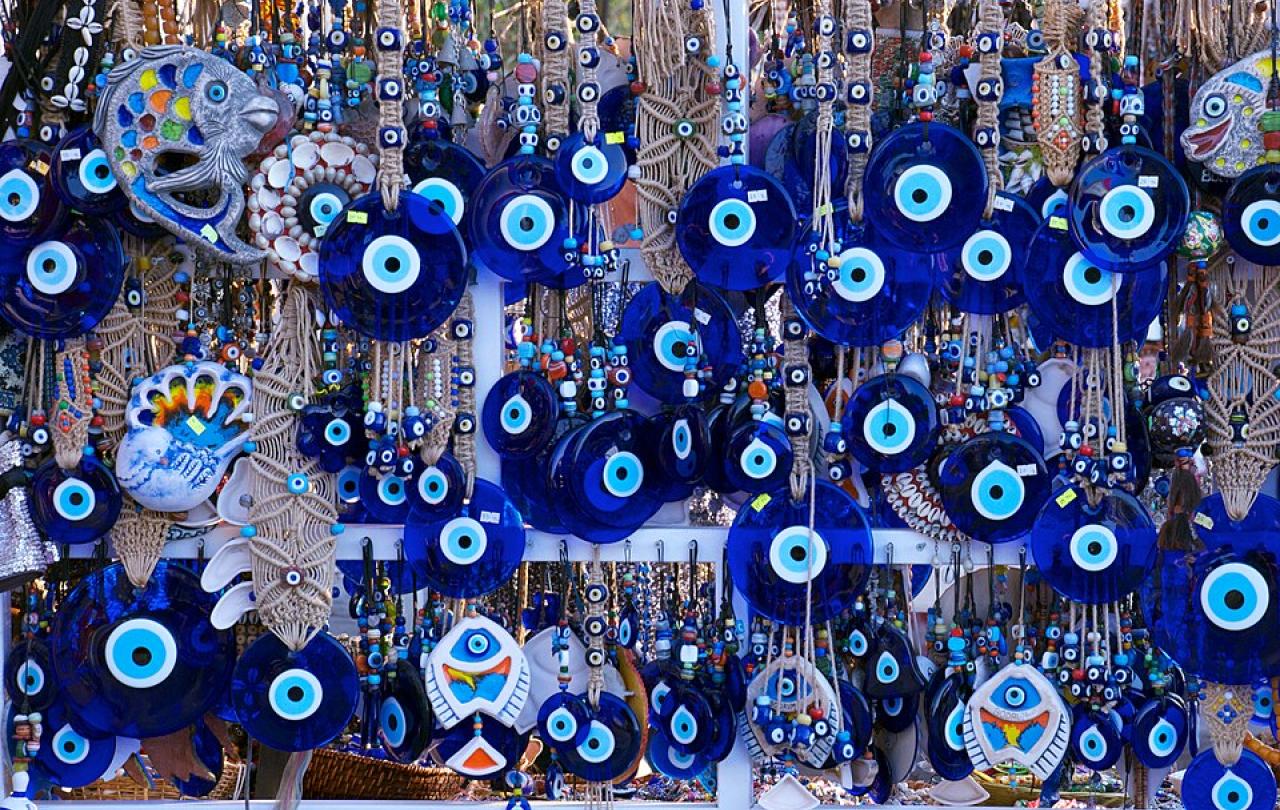Guys and Dolls is the quintessential musical, and it’s playing gloriously at the Bridge Theatre in London right now. As I left the theatre the other day, I found myself on the ticket website wondering about gambling on an immediate return visit. Are shows ever as good second time round, though? Can such a repeat ever bring new life? Or do repetitions fall flat, guilty of aesthetic anaesthetising?
These worries reminded me of Kierkegaard’s pseudonym Constantin Constantius, and his somewhat bewildering psychological venture Repetition (1843). In one scene, Constantius retraces his steps to a theatre where he remembers attending a farce that had him in raptures. The second time, however: not so much.
“I endured it for half an hour”,
Constantius reports,
“and then left the theatre, thinking: There is no repetition at all. This made a deep impression on me.”
But the psychological experiment does not end there. The clue is in his name – Constantin Constantius: constancy doubled, repeated. Repetition can bring new life, all things can be made new (as he implies), if repetition is coupled with constancy, with commitment. That commitment drives repetition forward, not back. “Repetition and recollection”, he claims, “are the same movement, except in opposite directions, for what is recollected has been, is repeated backwards, whereas genuine repetition is recollected forwards.”
What has all this to do with Guys and Dolls in London 2023? At one level, the show is a wonderful evocation of street-life in mid-Manhattan, of smart but skittish low-level criminality – the pulsating rush for the next illicit game of dice, betting on the horses, falling in and out with Dolls, and generally trying to evade the police. You sometimes think it’s the gamblers and the gambling which steals a Guys and Dolls show.
But the way this one plays at the Bridge Theatre, I was struck by such joy and exuberance and laughter, intermingled with a celebration of commitment. What does commitment have to do with gambling; what has commitment to do with joy?
One of the leads, Sky Masterson, is my way in. We meet him first as something of a cad, flying around, emptying fellow gamblers’ pockets, carousing in Havana, returning for another round of Craps. But he nevertheless turns out to be a man of his word; he literally belongs to his promise. With a flourish early on, he hands over a fateful piece of paper: his marker, an ‘I owe you’ note. It is a guarantee.
The beneficiary is the evangelising Sarah Brown from the Soul-Mission, who Sky at this stage is wooing merely to win yet another bet. The marker is not as frivolous as his affections appear to be. This IOU has a power to which Sky willingly binds himself. Its force, Sky says, can be attested by anyone else in town. Markers will appear again much later in the drama in the chaotic scenes which lead to Sky’s reappearance, as he desperately tries to discharge his obligation, and the magnificent Luck be a Lady Tonight, itself an appeal for ‘luck’ to prove constant, not to be ‘fly-by-night’. So there is an eager commitment – when it comes to gambling – to be ‘good for the money’, to be ‘a man of my word’.
Marriage, like any relationship, involves gamble and commitment. The greater the proposed commitment, the greater the gamble. The greater the gamble up front, the greater will be the commitment required. If it wasn’t a gamble, it wouldn’t require commitment.
But the production shows another comingling of gambling and commitment: in relationships. It falls to the principal women, Sarah and Miss Adelaide, rather farcically propping up a bar, to expose this (‘Marry the man today’). Marriage, like any relationship, involves gamble and commitment. The greater the proposed commitment, the greater the gamble. The greater the gamble up front, the greater will be the commitment required. If it wasn’t a gamble, it wouldn’t require commitment. ‘Give him your hand today / And save the fist for after’!
But commitment in the show is not portrayed as the ‘grit your teeth’, or ‘turn the other cheek’ kind of commitment. No – commitment brings joy and new life to the drama. Without Sky’s IOU, there’s no Guys and Dolls. Without Sarah and Adelaide’s search for commitment, there’s only abuse. And this feeling of joy is widespread. The commitments being made are not just those ‘on stage’, but also by the audience. As you will read in the show’s reviews, the audience are implicated in the action. They are ‘immersed’, standing alongside the actors who move and dance and sing their way through them. The audience are ‘in’ the Hot Box strip-joint, sat at tables. They are gambling along with the crap-shooters. They are witnesses to the testifying in the Save-A-Soul Mission (played in this production as a high point of the show, with ‘impromptu’ encores for Nicely Nicely’s testimony ‘Sit down, you’re rockin’ the boat’). Indeed, they are not just witnesses, but participants.
That is our commitment, too. Without costume, we nevertheless agree to shed our ‘outside’ lives to participate, to be bound by the terms of the drama. And this ‘shedding’, this agreeing to be bound, this cost which we willingly take on ourselves, ignites joy. Commitment is not a stolid virtue. We need not shirk self-imposed restrictions in principle as being joy-less. There is always a gamble in relationship. And relationship’s gamble only ever pays off through commitment. Commitment to the other.
Commitment, like Kierkegaard’s ‘repetition’, can forge new life. As well as negatively portraying the ‘falling flat’ of aesthetic repetition, Kierkegaard also celebrates a repetition which is both more mundane and lifegiving. It is life recollected forwards. He writes: “Hope is a lovely maiden who slips away between one's fingers; recollection is a beautiful old woman with whom one is never satisfied at the moment; repetition is a beloved wife of whom one never wearies, for one becomes weary only of what is novel.”
Reader, I bought more tickets.





